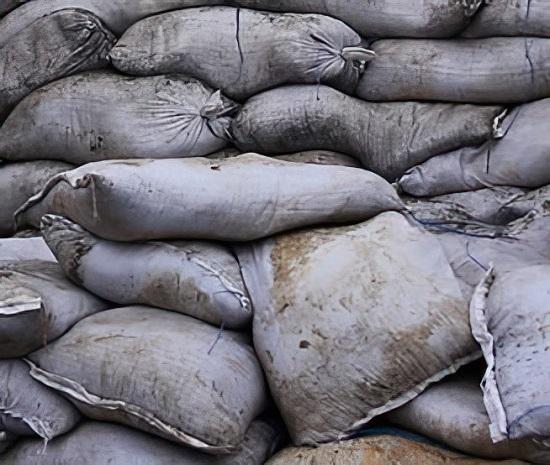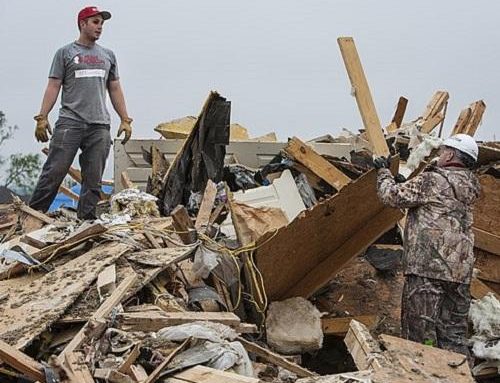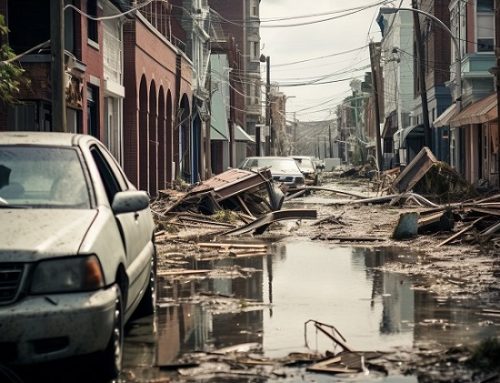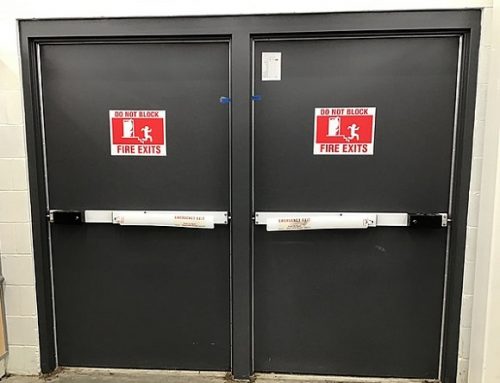Introduction
When flooding disasters strike, sandbagging operations are often deployed as an emergency protective measure. However, manually filling, moving and placing sandbags involves physically intense labor that can lead to injuries if proper safety precautions are not followed. This article will explore best practices for conducting sandbag activities safely, reducing injury risks for workers.
As climate change leads to increases in extreme weather events, flooding disasters are expected to become more frequent and severe. Thus, effective sandbagging will continue to play a crucial role in protecting communities. Implementing safety measures provides vital protection for the volunteers and workers carrying out this hazardous but essential work during crisis situations.
Filling Sandbags
Sandbag Filling Methods
There are two main methods for filling sandbags – manual and automated. Manual filling involves shoveling sand directly into bags held open by workers. Automated filling uses equipment such as baggers to pour sand into bags placed at waist height.
For manual filling, three-person crews work most efficiently, with designated baggers, shovelers, and movers. When using automated equipment, fewer workers are needed to hold bags open and move filled bags. Regardless of method, alternating tasks every 20-30 minutes helps avoid fatigue.
Bagging Safety Tips
Proper body positioning is vital to prevent back injuries when holding bags open for filling. Fold the bag outward to create a collar for easier gripping. Rest bags on the ground or use a bag holder so openings sit between knee and knuckle height. Bend knees rather than bending directly at the waist.
Shoveling technique also impacts risk. Use short-handled, rounded shovels and grip ends with D-handles for easier grasping and control. Keep loads close to the body when scooping and focus on using leg muscles to lift rather than putting strain on the back.
Take frequent short breaks during manual filling to prevent exhaustion. Stay hydrated and listen for signs your body needs rest.
Moving and Placing Sandbags
Carrying and Transport
Once filled, sandbags become heavy loads requiring safe carrying and transportation to staging areas. Keeping bags close to the body at waist height using a cradle hold reduces back strain. Although convenient for short distances up to 7 feet, dragging bags along the ground adds friction and awkward postures that can still lead to injuries.
For longer distances, use brigade lines with workers facing each other to pass bags down the line. Staggering workers prevents excessive twisting. Elevate pallets for bag storage to minimize bending to lift bags up and down.
Placing Bags
When placing sandbags, straddle the drop point with feet and lower bags between ankles. This protects the back from weight shifts and twisting. Scale pallet heights to keep lifting near optimal waist height ranges.
Loading pallets enables forklifts and other devices to transport large quantities of filled sandbags. However, take caution when manually lifting pallets due to significantly increased weight.
General Safety and Injury Prevention
In addition to safely conducting bagging tasks, workers must protect against environmental hazards when floodwaters or storms are present. Use waterproof clothing and ensure adequate traction with boots designed for wet conditions. Wear gloves when handling potentially contaminated bags exposed to floodwaters. Prevent eye irritation and infections through safety glasses, particularly during dry or windy weather.
Take care to avoid sunburn and heat illnesses on hot days. Know signs of heat exhaustion and notify supervisors immediately if experiencing symptoms. Ensure regular hydration and shaded rest areas for cooling down.
As fatigue builds, injury risks grow. Ensure adequate staffing for reasonable shift lengths and worker rotations. Building consistent rest breaks into operations protects both workers and volunteer safety.
Conclusion
Sandbagging during flooding emergencies presents multifaceted injury hazards from physically intense labor compounded by dangerous environmental conditions. Following established safety guidelines, using proper techniques and equipment, consistently taking precautions against environmental exposures, and actively managing fatigue allows conducting essential sandbagging operations while safeguarding worker health.
Rather than viewing safety measures as an impediment, integrate them as a vital component enabling effective community flood protection. When disasters create urgency, proactively planning for safety empowers faster emergency response. By putting worker wellbeing first, communities can rely on those courageously working on the frontlines to implement protective measures during catastrophic flooding events.










